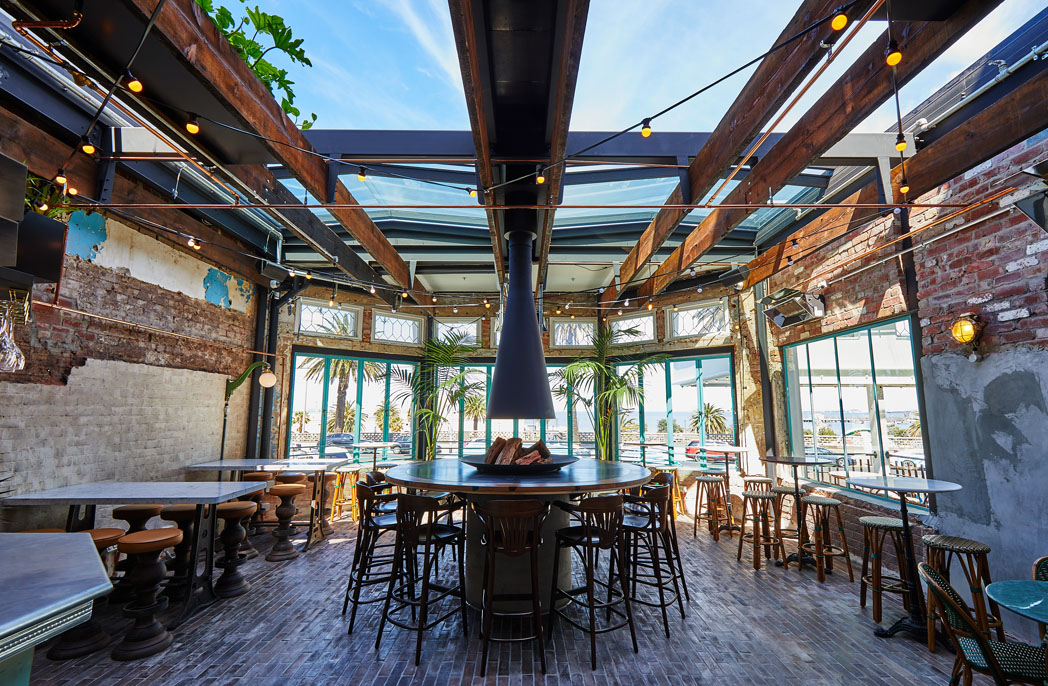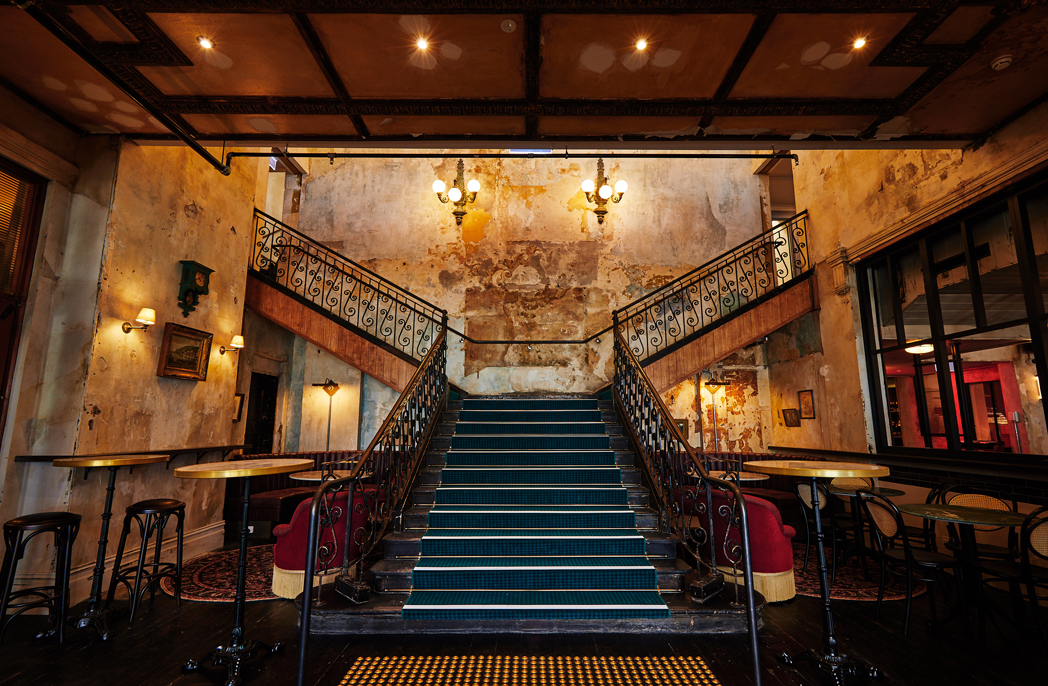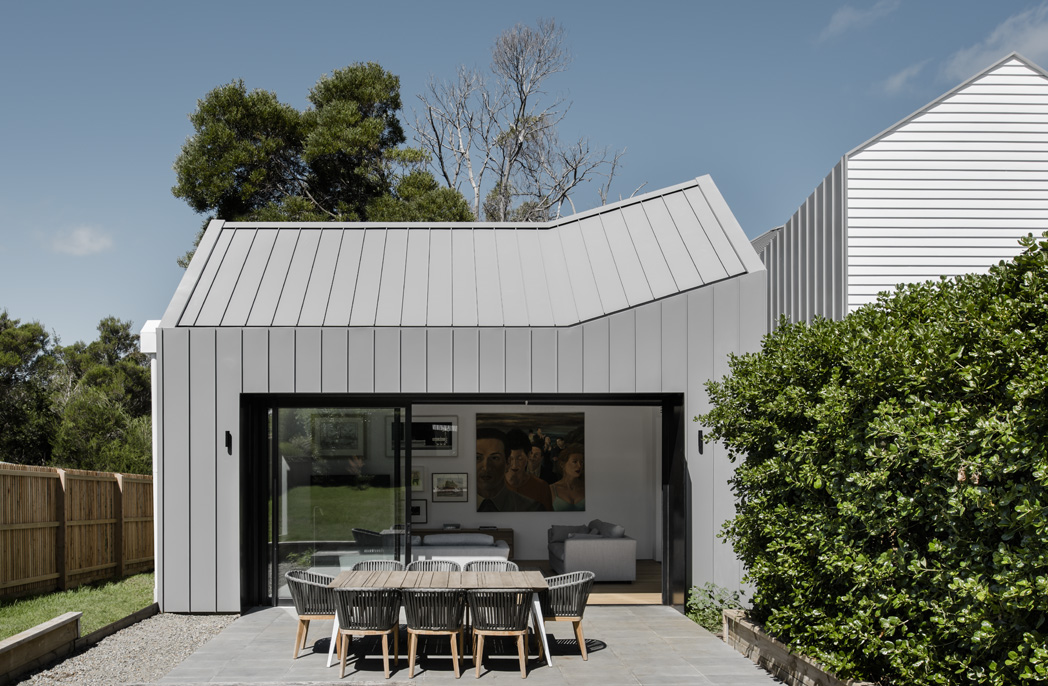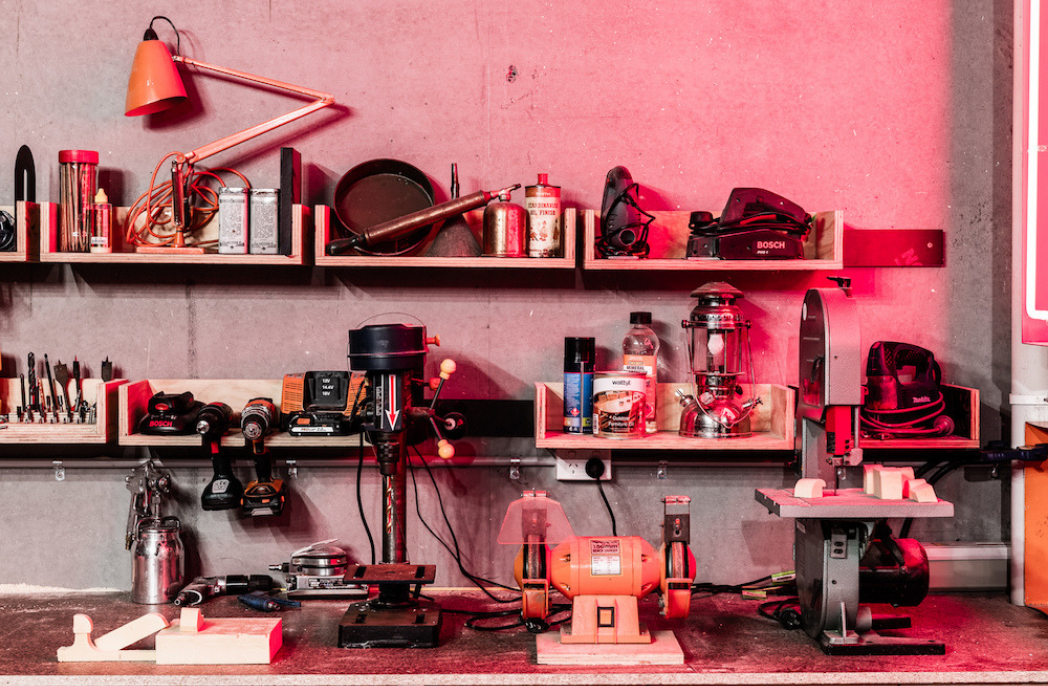
How hospitality design is influencing the workplace
How hospitality design is influencing the workplace
Share
It goes without saying that the workplace, and the workforce, has changed dramatically over the last 15 years. Cubicles and bland strip lighting have been replaced by comfy armchairs and break out spaces, with staff more likely to show up in jeans and runners than a suit and tie.
And as we see these changes sweeping across all industries, including more traditional sectors such as banking and recruitment, there’s an interesting common thread emerging: the workplaces of today could easily be mistaken for cafes, bars or restaurants.
It’s a trend that Techne Architecture and Interior Design is seeing in increasing scale. The practice is well known for its work across hospitality (think Brunetti, Rooftop Bar & Cinema and Long Chim) and its experience in the sector is being utilised by landlords and businesses looking to transform their premises.
“Over the last couple of years we’ve been introduced to work place design and landlords, tenants and other architects in that space have reached out to Techne to provide a new angle on workplace design. What we bring to the table is this hospitality thinking and the domestication and casualisation of the work place,” explains Nick Travers, co-founder and director of Techne Architecture and Interior Design, speaking at DesignBuild 2018.
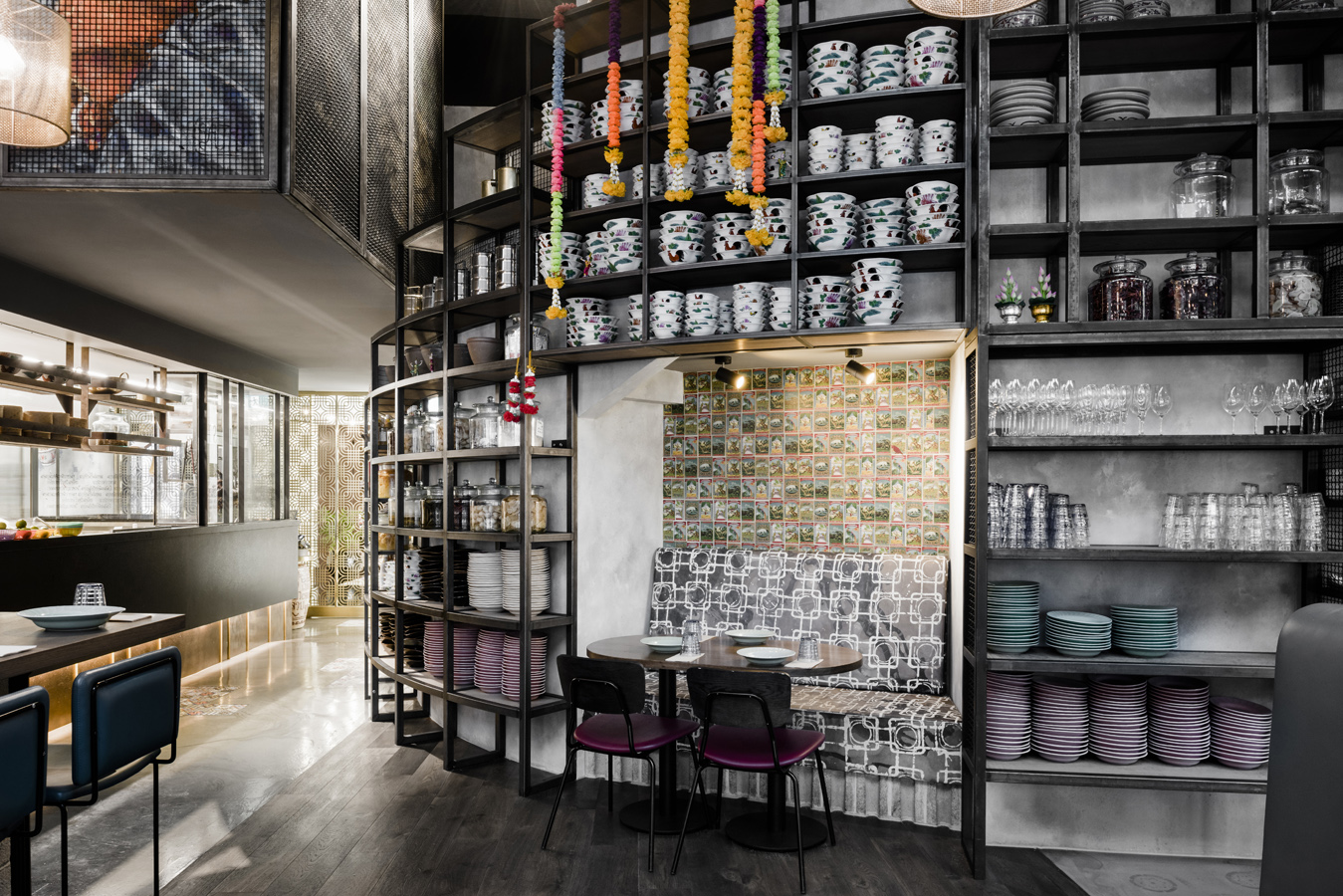
Techne’s design of Long Chim in Melbourne
The practice is also seeing a move to strip down the shell of a typical corporate office setting, one that you might see in a high-rise building, for example, to tap into the more romantic spaces of the inner city.
“If you’re in a tower you can’t get beautiful red brick work, but you can pull off all the plaster board and expose the concrete columns and the ceiling and the walls,” says Travers. “Taking that direction of peeling off those typical commercial finishes has been a trend and it’s talking to an honest expression. If people have got an agile working environment then the office or organisation is saying to its employees, ‘we don’t offer a traditional desk or workstation but we are going to give you these break out spaces and a reception that is like a bar or a cafe’”.
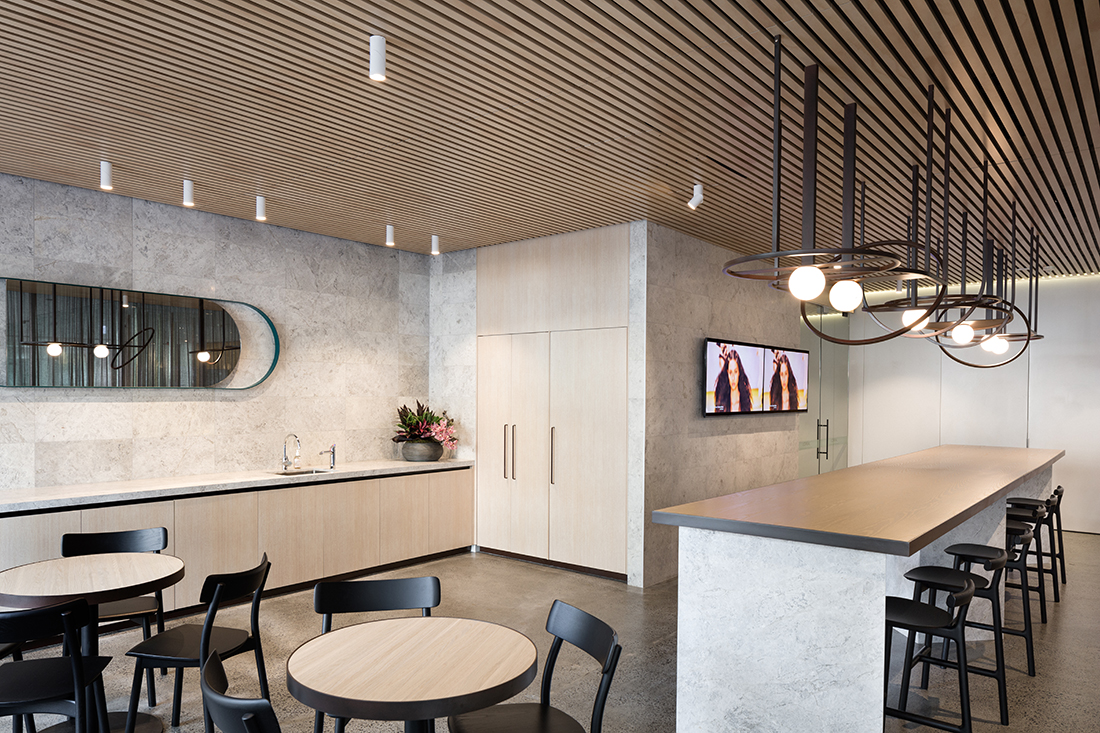
L’Oreal Training Academy designed by Techne
“It also goes towards more collaborative work that is happening in the workplace: for good collaboration to happen, people need to be able to get along in a social sense, so the common areas and the new style lunch rooms enable people to get together socially and on the flip side work together harmoniously: it’s not just a transactional situation.”
There’s no question that changes in the approach to workplace design are happening rapidly, but are we in danger of taking it too far?
“We have to be careful that it’s not simply fashionable, because I won’t be surprised if Mr and Mrs ANZ find that their groovy, open office space, when they have to tighten up, doesn’t work so clearly for them anymore,” argues Des Smith, professor at Deakin University. “I can point to lots of fabulous office spaces in the world, which were designed in the 1950s and 1960s and still operate really well because the bones are completely beyond denial. We have to be more conscious of how much it costs to change.”
You Might also Like
